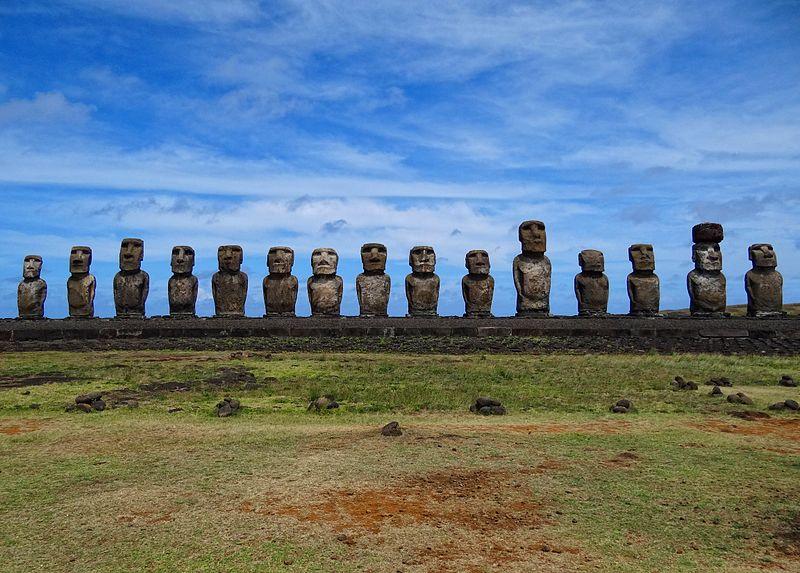The ancient civilization that inhabited Easter Island wasn’t destroyed by warfare, according to a recent study, contrary to what some researchers believe.
Researchers from Binghamton University analyzed spear-like blades of obsidian, known as mata‘a, that were scattered about the island. They found that the mata’a were not used for violence, saying the shapes are inconsistent and different from other recovered weapons. The mata'a were more likely all-purpose tools, the study found.
“We found that when you look at the shape of these things, they just don’t look like weapons at all,” Carl Lipo, professor of anthropology at Binghamton University, said in a statement.





